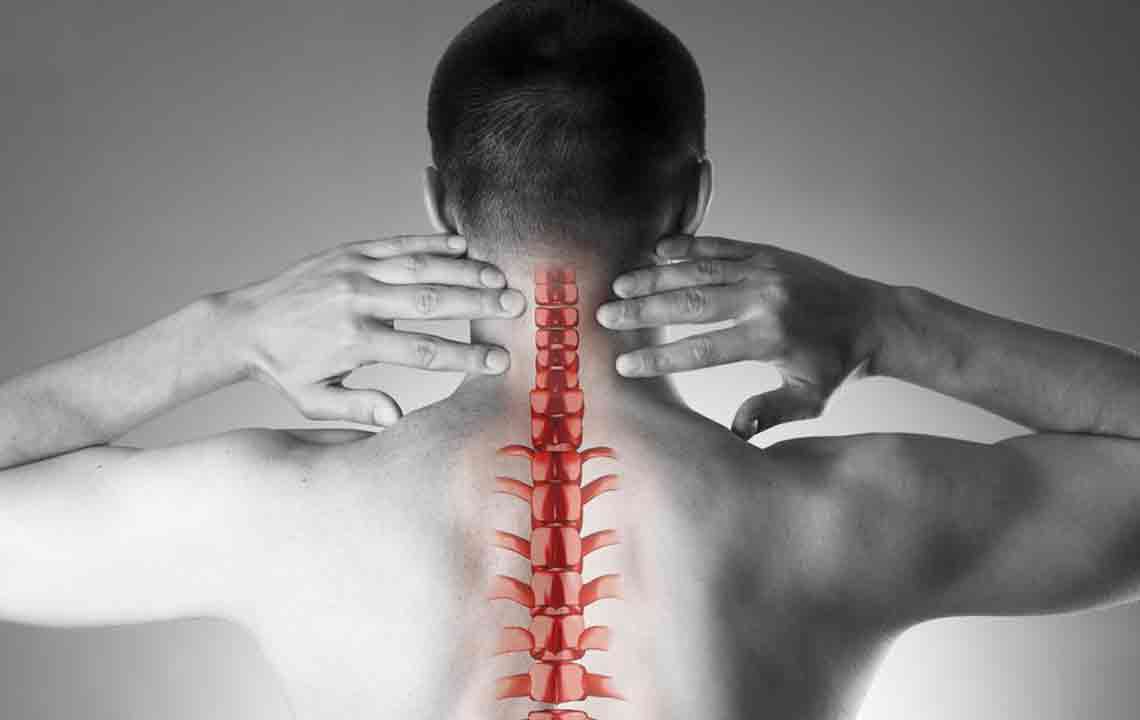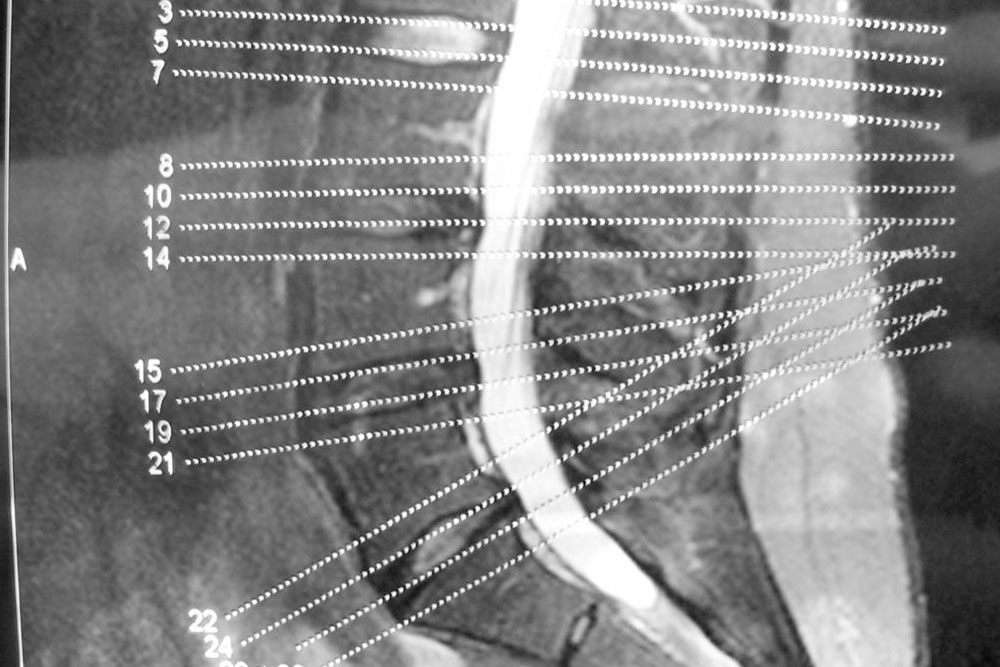When to Seek Medical Attention for a Herniated Disc: A Comprehensive Guide
This article offers a comprehensive guide on when to seek treatment for a herniated disc, highlighting key symptoms, differences between bulging and herniated discs, recovery details, and when surgery is necessary. It emphasizes the importance of early intervention to prevent long-term complications and provides practical tips for managing disc injuries effectively, ensuring optimal recovery and spinal health.

Recognizing Warning Signs for Herniated Disc Treatment
How to determine if you need treatment for a herniated disc
Spinal injuries, particularly herniated discs, can cause intense pain and significantly impact your daily activities. These injuries can hinder your posture, affect your ability to sit comfortably, and decrease overall physical strength. Recognizing the early signs and understanding when professional treatment is necessary can help prevent further complications. Addressing a herniated disc promptly can lead to better recovery outcomes and reduce the risk of nerve damage or chronic pain.
Understanding the difference between bulging and herniated discs
Both bulging and herniated discs involve protrusion of disc material beyond the vertebral bodies, but they differ greatly in severity and implications:
In a herniated disc, the tough outer layer of the disc develops a tear or crack, allowing the soft inner core to protrude or extrude into the spinal canal. This displacement can compress nearby nerves, leading to intense pain, numbness, or weakness in the limbs. Conversely, a bulging disc involves the gradual expansion of the disc's outer layer without rupture. The disc protrudes outward, but the inner core remains contained, often causing less severe symptoms or none at all.
Herniated discs usually involve the inner soft nucleus breaking through the tough outer shell, resulting in severe pain and nerve compression.
Bulging discs mainly involve outward swelling of the outer ring, which may not cause significant pain or symptoms.
Severe herniated discs can impinge on nerve roots, leading to neurological symptoms such as numbness, tingling, muscle weakness, or even loss of reflexes.
Recovery period and managing pain related to disc injuries
In general, the healing process for herniated discs tends to span approximately six weeks, although individual cases may vary based on severity and treatment.
During this period, the torn fibers in the disc are weak and susceptible to further injury, so proper care is crucial.
Persistent pain from a bulging disc can last several weeks, and some patients may experience lingering weakness or discomfort even after initial pain subsides. Adequate rest, physical therapy, and lifestyle adjustments are important during recovery.
When is surgery the appropriate step?
If conservative therapies fail to alleviate symptoms, or if the condition worsens over time, surgery may become necessary. Consider surgical intervention if:
Non-invasive treatments like physiotherapy, medications, or injections do not relieve your pain.
Symptoms persist beyond six months despite conservative management.
There is significant nerve compression causing muscle weakness, loss of function, or bowel/bladder issues.
Practical precautions for managing a bulging disc
Avoid prolonged periods of standing or sitting, which can increase spinal pressure.
Select supportive chairs that help maintain proper lower back alignment—avoid soft or sagging chairs.
Refrain from applying heat within the first 48 to 72 hours after injury, as it may worsen inflammation.
Practice good posture during daily activities to prevent further strain on the spine.
Ensure adequate sleep and rest to facilitate healing and reduce discomfort.
The significance of early treatment for disc problems
Initiating treatment early can help prevent the progression of pain and avoid nerve damage.
Addressing disc protrusions promptly reduces the risk of long-lasting neurological deficits and chronic discomfort.
Neglecting early intervention may lead to severe consequences, such as irreversible nerve damage, loss of sensation in the legs or pelvic area, or paralysis. Recognizing the symptoms early and seeking timely medical care are vital for ensuring a full recovery and preventing permanent disability.





